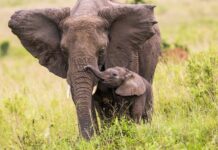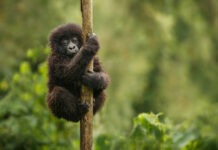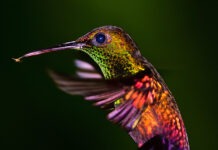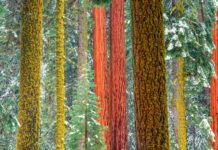Hundreds of plant and animal species are disappearing from our planet every day, never to return. They’re going extinct because of us — humans. Overpopulation and a host of related problems — including global warming, habitat destruction and consumption of natural resources — are among the chief causes of Earth’s sixth mass extinction crisis.
The problem is only getting worse. This year, the world population will hit 7 billion. By the end of the century, it’ll reach 10 billion.
The Center for Biological Diversity is the world’s only environmental group working to raise awareness about the link between booming human population growth and wildlife extinctions happening around the world.
The Center just launched an ad in New York City’s Times Square highlighting this critical issue. Last year they gave away 350,000 Endangered Species Condoms, and are giving more away in 2011.
Join the Center’s fight to ensure that all creatures, great and small, have a chance to live. You can also sign up to join thousands of others activists who receive our monthly e-newsletter, Pop X, which includes news and tips on how you can address the population crisis.
Wildlife have already paid a high price for our activities. Passenger pigeons were once so abundant that they darkened the skies for days at a time; today they are gone, victim to overhunting and forest clearing. The eastern woodland bison and the Southwest’s Merriam’s elk were hunted to extinction, while scores of other species have disappeared because of pollution, dams, development and cattle grazing.
Today’s global extinction crisis threatens similarly large and charismatic species like polar and grizzly bears, beluga whales and gray wolves, as well as thousands of lesser-known plants, snails, birds and frogs.
What’s being lost isn’t just individual species. The loss of biodiversity disrupts the complex network of living things that makes up life on Earth. Biodiversity provides us with a livable climate, breathable air, drinkable water and building blocks for medicine, agriculture, industry and scientific advancement. In short, loss of biodiversity threatens our own quality of life and ultimately our very survival.
Want to do more? Please take action now to help protect other important endangered species and wildlands— click here for a full list of actions to take.

















